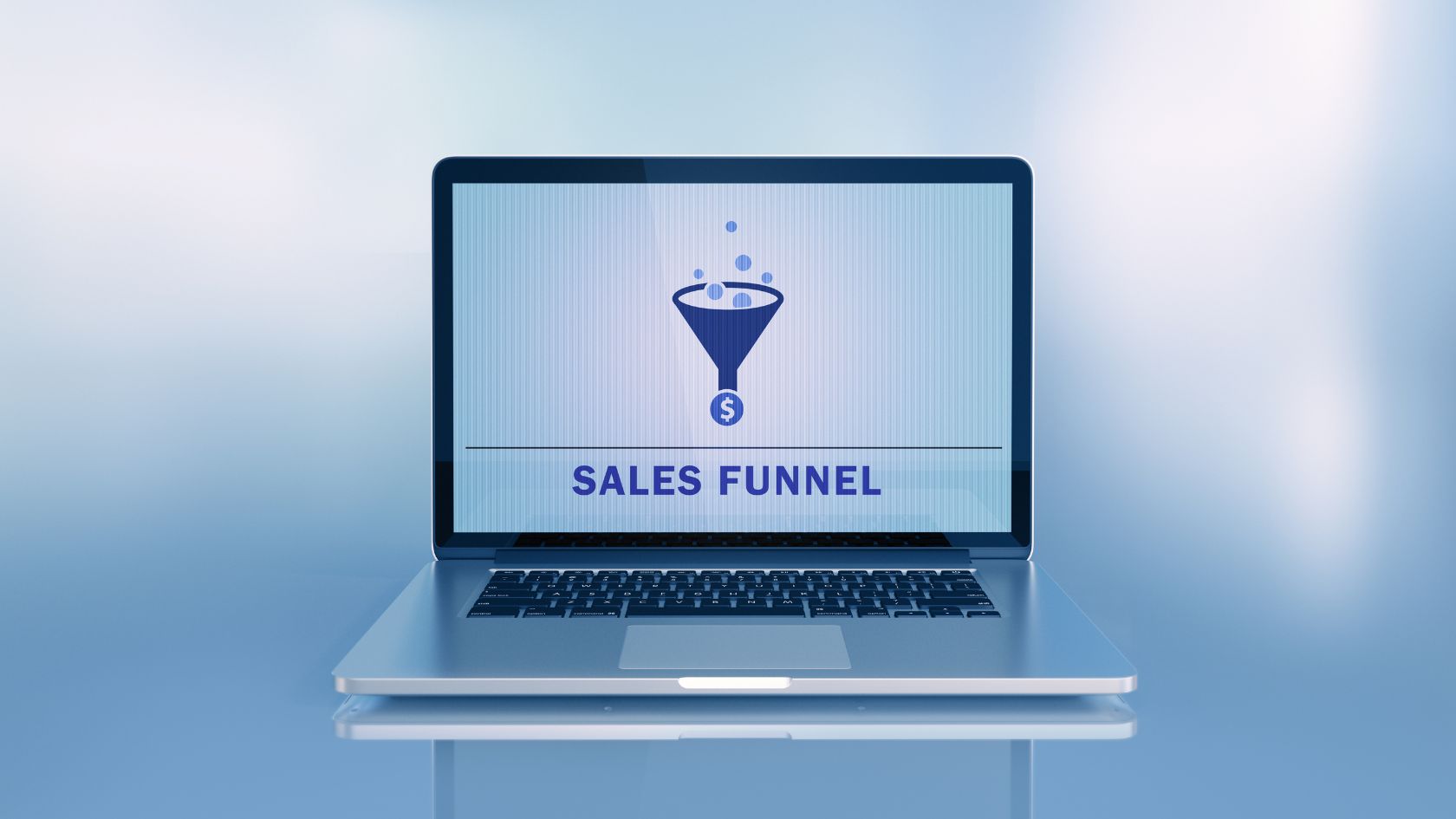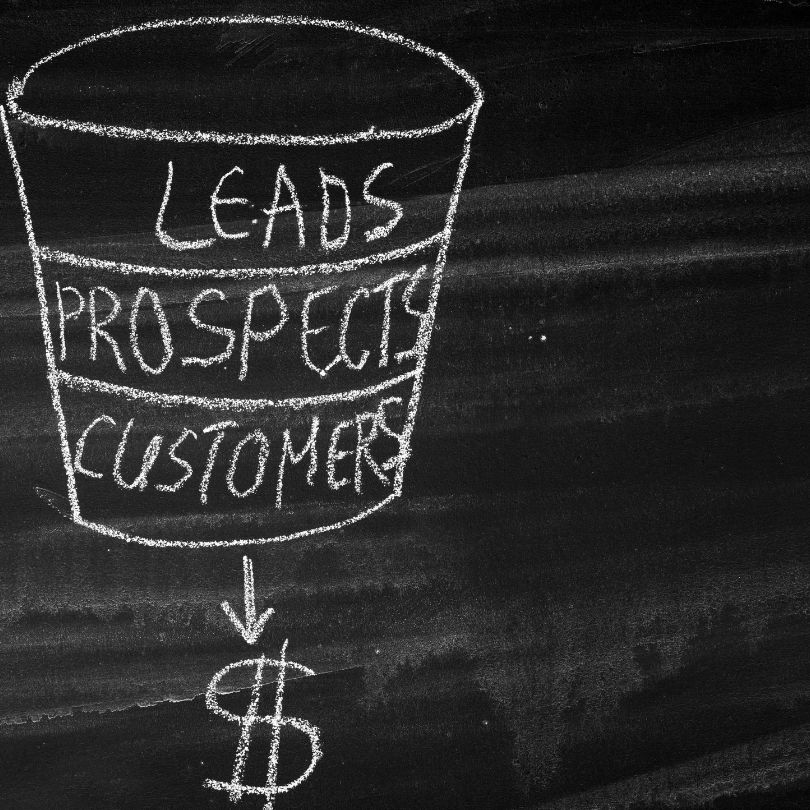
Creating Effective Sales Funnels: A Comprehensive Guide

Creating effective sales funnels is essential for businesses looking to systematically convert prospects into loyal customers. A well-designed sales funnel guides potential customers through their buying journey, from initial awareness to final purchase and beyond. In this comprehensive guide, we’ll explore the fundamentals of sales funnels, their importance, and provide actionable steps to create high-converting funnels for your business.
What Is a Sales Funnel?
A sales funnel represents the journey potential customers go through on their way to purchasing your product or service. The concept visualizes the marketing and sales process as a funnel because, typically, many people discover your brand (top of funnel), fewer become genuinely interested (middle of funnel), and even fewer convert into paying customers (bottom of funnel). Effective sales funnels are designed to maximize the number of people who complete the journey.
The Four Stages of a Sales Funnel
1. Awareness
At this stage, potential customers become aware of your brand, product, or service. They might discover you through social media, search engines, advertisements, or word of mouth. The goal here is to capture attention and make a strong first impression.
2. Interest
Once prospects are aware of your offering, they begin to show interest by engaging with your content, following your social media accounts, or subscribing to your email list. At this stage, you should provide valuable information that helps them understand how your product or service can solve their problems.
3. Decision
At the decision stage, prospects are actively considering whether to purchase from you. They might be comparing your offerings with competitors, reading reviews, or looking for social proof. This is where strong testimonials, case studies, and clear pricing information become crucial.
4. Action
The final stage is where prospects convert into customers by making a purchase. A smooth checkout process, clear calls-to-action, and removing any friction points are essential to maximize conversions at this stage.
Why Sales Funnels Matter
Implementing a strategic sales funnel offers numerous benefits:
- Improved conversion rates: By understanding where prospects drop off, you can optimize those stages to improve overall conversion.
- Better customer experience: A well-designed funnel provides prospects with the right information at the right time.
- Increased customer lifetime value: Funnels don’t end at purchase—they can include post-purchase stages to encourage loyalty and repeat business.
- More efficient marketing: Understanding your funnel helps allocate marketing resources more effectively.
Step-by-Step Guide to Creating Effective Sales Funnels
Step 1: Know Your Target Audience
Before building your funnel, you need to understand who you’re selling to. Create detailed buyer personas that include:
- Demographics (age, location, income, etc.)
- Pain points and challenges
- Goals and motivations
- Preferred communication channels
- Objections they might have about your product
Step 2: Map Out the Customer Journey
Based on your understanding of your audience, map out the typical journey they take from first discovering your brand to making a purchase. Consider:
- How they typically find businesses like yours
- What information they need at each stage
- Common questions or concerns they have
- What might cause them to abandon the process
Step 3: Create Compelling Top-of-Funnel Content
To attract prospects into your funnel, create valuable content that addresses their pain points and interests. This might include:
- Blog posts and articles
- Social media content
- Videos and podcasts
- Infographics and visual content
- Paid advertisements
Step 4: Develop Middle-of-Funnel Nurturing Strategies
Once prospects are aware of your brand, nurture their interest with more detailed content and engagement strategies such as:
- Email sequences that provide valuable information
- Webinars and educational content
- Case studies and success stories
- Free trials or samples
- Personalized recommendations based on their interests
Step 5: Optimize Bottom-of-Funnel Conversion Elements
As prospects near the decision point, focus on removing obstacles to purchase and providing compelling reasons to choose your offering. This includes:
- Clear, persuasive product descriptions
- Transparent pricing information
- Strong guarantees or risk-reversals
- Simplified checkout processes
- Limited-time offers or incentives
Step 6: Implement Post-Purchase Strategies
The funnel doesn’t end at purchase. Implement strategies to increase customer satisfaction and encourage repeat business:
- Onboarding sequences to ensure customer success
- Follow-up emails to check satisfaction
- Loyalty programs and special offers for existing customers
- Referral incentives to turn customers into advocates
- Upsell and cross-sell opportunities
Tools for Building Effective Sales Funnels
Several tools can help you create and optimize your sales funnels:
- CRM systems: Track prospects through your funnel and manage relationships
- Email marketing platforms: Create automated email sequences for nurturing
- Landing page builders: Create high-converting pages for different funnel stages
- Analytics tools: Measure performance and identify optimization opportunities
- A/B testing software: Test different elements to improve conversion rates
- Marketing automation platforms: Streamline and automate funnel processes
Common Sales Funnel Mistakes to Avoid
Even well-intentioned businesses make these common mistakes when building sales funnels:
- Focusing too much on acquisition: Many businesses put all their energy into getting new leads while neglecting middle and bottom-of-funnel activities.
- Creating a disjointed experience: Each stage should flow naturally into the next, with consistent messaging and branding.
- Ignoring mobile users: Ensure your funnel works seamlessly on all devices.
- Neglecting to test and optimize: Sales funnels should be continuously improved based on data and feedback.
- Overwhelming prospects with information: Provide only what’s relevant at each stage.
Measuring Sales Funnel Performance
To ensure your funnel is effective, track these key metrics:
- Conversion rate: The percentage of people who complete each stage
- Cost per acquisition: How much you spend to acquire each customer
- Average order value: The average amount customers spend
- Customer lifetime value: The total revenue you can expect from a typical customer
- Funnel velocity: How quickly prospects move through your funnel
- Drop-off points: Stages where you lose the most prospects
Pro Tip: The 80/20 Rule for Sales Funnels
Apply the Pareto Principle to your sales funnel optimization: focus 80% of your efforts on the 20% of funnel elements that drive the most results. Identify the highest-impact areas through testing and data analysis, then concentrate your resources there for maximum ROI.
Conclusion
Creating effective sales funnels is both an art and a science. It requires understanding your audience, mapping their journey, and providing the right content and experiences at each stage. By following the steps outlined in this guide and continuously optimizing based on performance data, you can build sales funnels that efficiently convert prospects into loyal customers.
Remember that the most successful sales funnels are those that genuinely address customer needs and provide value at every stage. Focus on solving problems and building relationships, not just making sales, and your funnel will naturally become more effective.
Start implementing these strategies today, and you’ll be well on your way to creating sales funnels that drive sustainable business growth.